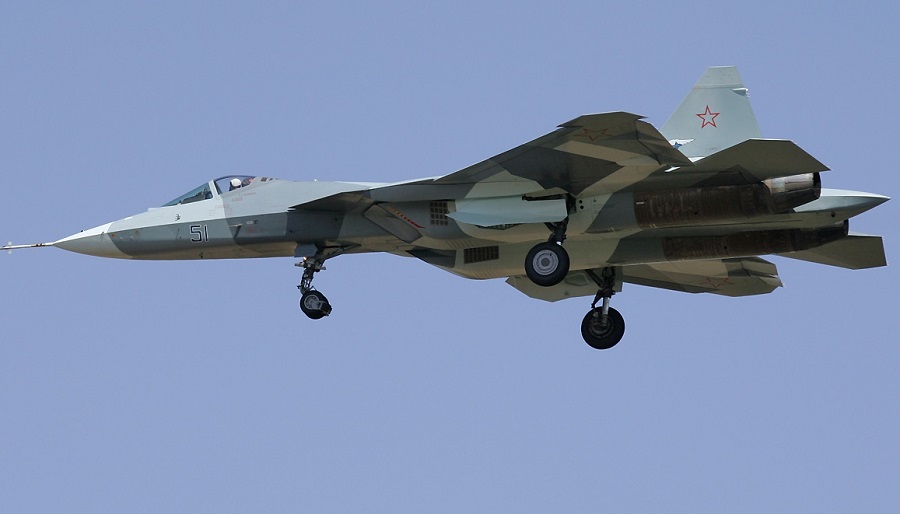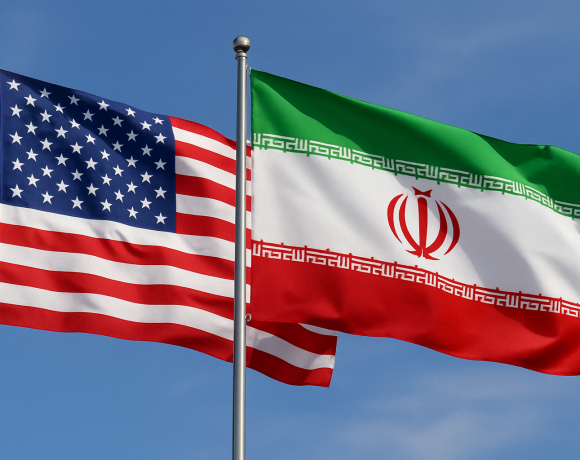
Russia Unveils AI-Powered Su-57M Fighter Jet: Potential Implications for India
Russia has officially revealed the Sukhoi Su-57M, the upgraded and AI-powered version of its fifth-generation stealth fighter, positioning it as one of the most technologically advanced jets in the world. The unveiling has drawn global attention not only for its cutting-edge capabilities but also for the strategic opportunities it presents for countries like India that are seeking to modernize their air forces.
Advanced AI Capabilities in Su-57M
The defining feature of the Su-57M is its onboard artificial intelligence integration. The AI system is designed to assist the pilot in real time during complex combat missions. It can process large volumes of data, assess threats, suggest tactical maneuvers, and even execute limited autonomous functions if required.
This AI augmentation significantly reduces pilot workload, enhances reaction time, and allows the aircraft to respond more effectively in multi-threat environments. In effect, the jet becomes a semi-autonomous combat platform, combining human instinct with machine precision.
Stealth, Supercruise, and Sensor Fusion Upgrades
Beyond its AI systems, the Su-57M brings major improvements in stealth and performance. The airframe has been redesigned to further reduce radar cross-section. The jet features thrust-vectoring engines capable of supercruise—sustained supersonic flight without afterburners—along with a next-generation sensor suite that enables sensor fusion.
The aircraft is also equipped with advanced electronic warfare systems, infrared tracking sensors, and internal weapons bays, which together ensure higher survivability in contested airspaces. These features make it a formidable competitor to Western fifth-gen jets like the F-35 and the upcoming NGAD.
What This Means for India
India, a longtime defense partner of Russia, has shown interest in fifth-generation fighter jets for the Indian Air Force (IAF). While previous talks over the FGFA program—a joint version of the Su-57—stalled over concerns about stealth and engine performance, the new Su-57M could re-ignite interest in collaboration.
With AI integration, enhanced stealth, and platform maturity, the Su-57M now addresses several of the original concerns raised by Indian defense planners. If India chooses to revisit its engagement with Russia on this program, it could accelerate its fifth-gen fighter acquisition timeline without starting from scratch.
Additionally, India could benefit through technology transfer agreements, co-development opportunities, or even licensed production—providing a much-needed boost to its “Make in India” defense manufacturing initiative.
Strategic and Operational Relevance
From an operational standpoint, acquiring a fleet of Su-57Ms would give the IAF a technological edge in the region, especially amid growing concerns over China’s expanding stealth air capabilities, including the J-20 and upcoming J-31 platforms.
For Russia, deeper engagement with India on the Su-57M program would provide not only an economic incentive but also geopolitical alignment as Moscow looks to strengthen ties with non-Western allies.
As India continues evaluating its options between the indigenous AMCA, possible F-35 acquisition, and foreign collaborations, the Su-57M stands out as a matured, combat-ready fifth-generation platform now enhanced with artificial intelligence.


















